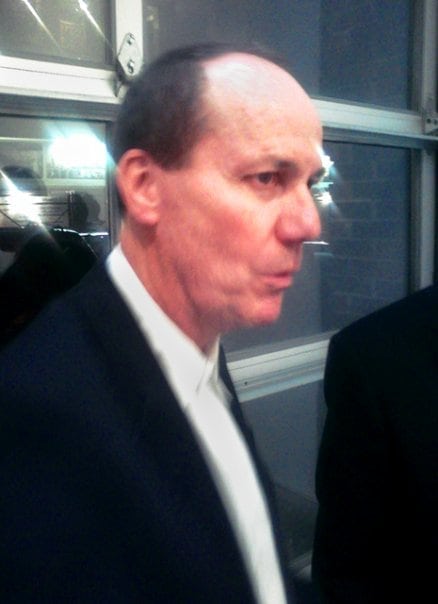Richard Prince: Reinventing Photography and Art in the Modern Era
Key Takeaways
- Richard Prince revolutionized modern art with his unique approach to rephotography, challenging perceptions of authorship and originality.
- His iconic series like “Untitled (Cowboy)” and “Jokes” reflect deep cultural critiques and have fetched record-breaking auction prices.
- Prince’s work consistently pushes the boundaries, blending photography, painting, and appropriation to create a new artistic vocabulary.
Richard Prince, an American artist born in 1949, has transformed the landscape of contemporary art with his innovative and often controversial approaches to photography and painting. His work, which often incorporates the technique of rephotography, has not only fetched astronomical prices at auction but has also redefined the boundaries between originality and appropriation in art.
The Journey of a Visionary Artist
Early Life and Inspiration
Born in the Panama Canal Zone, Prince’s early life was marked by a global upbringing. He moved to New York in 1973, where his career in the arts began to flourish. His initial interest in Jackson Pollock’s work highlights his attraction to nonconformist and solitary artistic expressions.
Breakthrough in the Art World
Richard Prince’s early work in the 1970s laid the foundation for his later success. His transition to rephotography in the late 1970s marked a significant turn in his artistic journey. Prince’s first major success, “Untitled (Cowboy)”, redefined the concept of photography, making him a pivotal figure in the art world.
Pioneering Rephotography: A New Artistic Language
Concept and Execution
Rephotography, Prince’s signature method, involves photographing existing photographs, often from advertisements. This process creates a layer of separation from the original, enabling Prince to explore themes of commercialism, identity, and cultural iconography.
Notable Works and Series
- Untitled (Cowboy) Series: This series, featuring rephotographed Marlboro ads, challenges the authenticity of American cultural symbols and questions the reality behind commercial imagery.
- Jokes Series: Beginning in 1986, this series juxtaposes stand-up comedy and burlesque humor, delving into the undercurrents of American socio-cultural landscapes.
Legal Controversies and Artistic Boundaries
Copyright Infringement Cases
Prince’s work has often been at the center of legal battles over copyright infringement. The most notable case was Cariou v. Prince, where Prince’s use of Patrick Cariou’s photographs raised questions about fair use in art. This case highlighted the thin line between artistic appropriation and copyright infringement.
Artistic Evolution and Recent Works
Later Career and Current Projects
Prince continues to evolve his artistic style, merging rephotography with more traditional forms of painting. His recent works, including collaborations with fashion designers and explorations in different mediums, reflect his ongoing quest to redefine art.
Conclusion: A Legacy of Innovation and Controversy
Richard Prince’s career, spanning several decades, is a testament to his enduring influence on modern art. His ability to seamlessly blend photography, painting, and conceptual art has not only earned him a place among the greats but also sparked important conversations about the nature of art and originality in the contemporary world.
Richard Prince’s journey from a government employee’s son to a revolutionary artist encapsulates the transformative power of creativity and vision. His work challenges us to rethink our perceptions of art, authorship, and the role of imagery in our culture, making him a true icon in the modern art world.
